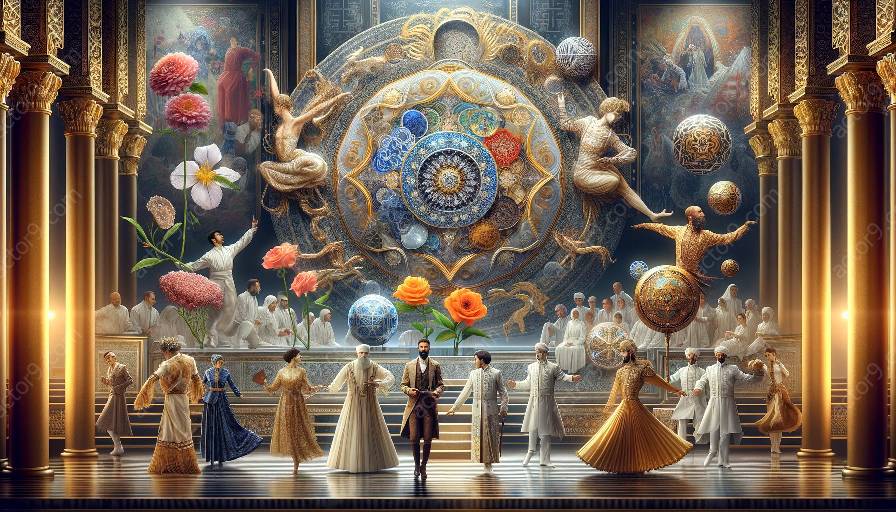The evolution of circus arts has been significantly influenced by cultural taboos and traditions, shaping the performances and acts that have captured audience's imagination for centuries. This topic cluster explores the interplay between diverse cultural influences and the development of circus arts, shedding light on the impact of cultural taboos and traditions on this captivating art form.
Cultural Influence in Circus Arts
Circus arts have long been shaped by the cultural influences of various societies, as performers and acts have drawn inspiration from traditional practices, taboos, and customs. In exploring the relationship between cultural influence and circus arts, it becomes evident that cultural traditions play a significant role in shaping the narrative, themes, and performances in the circus world.
Taboos and Traditions in Circus Evolution
The evolution of the circus has been marked by the adaptation and integration of cultural taboos and traditions into performances. From the use of religious symbolism to the inclusion of traditional music and dance, circus acts have often drawn on cultural elements to captivate audiences and evoke emotions.
Furthermore, the evolution of circus arts has been shaped by the breaking of taboos and challenging of cultural norms. Through daring acts and performances, circus artists have pushed the boundaries of cultural traditions, challenging societal norms and perceptions to create innovative and thought-provoking spectacles.
Impact on Performances
The influence of cultural taboos and traditions on circus arts is evident in the diverse range of performances and acts seen in contemporary circus. From the incorporation of folk tales and mythological characters to the use of traditional costumes and props, cultural influences have enriched the storytelling and visual appeal of circus performances.
Additionally, the incorporation of cultural taboos and traditions has provided a platform for social commentary and reflection in circus arts, as performers use their acts to address and challenge societal issues, beliefs, and customs, bringing a deeper level of meaning to their performances.
Conclusion
The enthralling evolution of circus arts has been shaped by a rich tapestry of cultural taboos and traditions, influencing the narrative, themes, and performances that continue to captivate audiences worldwide. Understanding the interplay between these cultural influences and circus arts provides a deeper appreciation for the diverse and captivating nature of this art form.


































